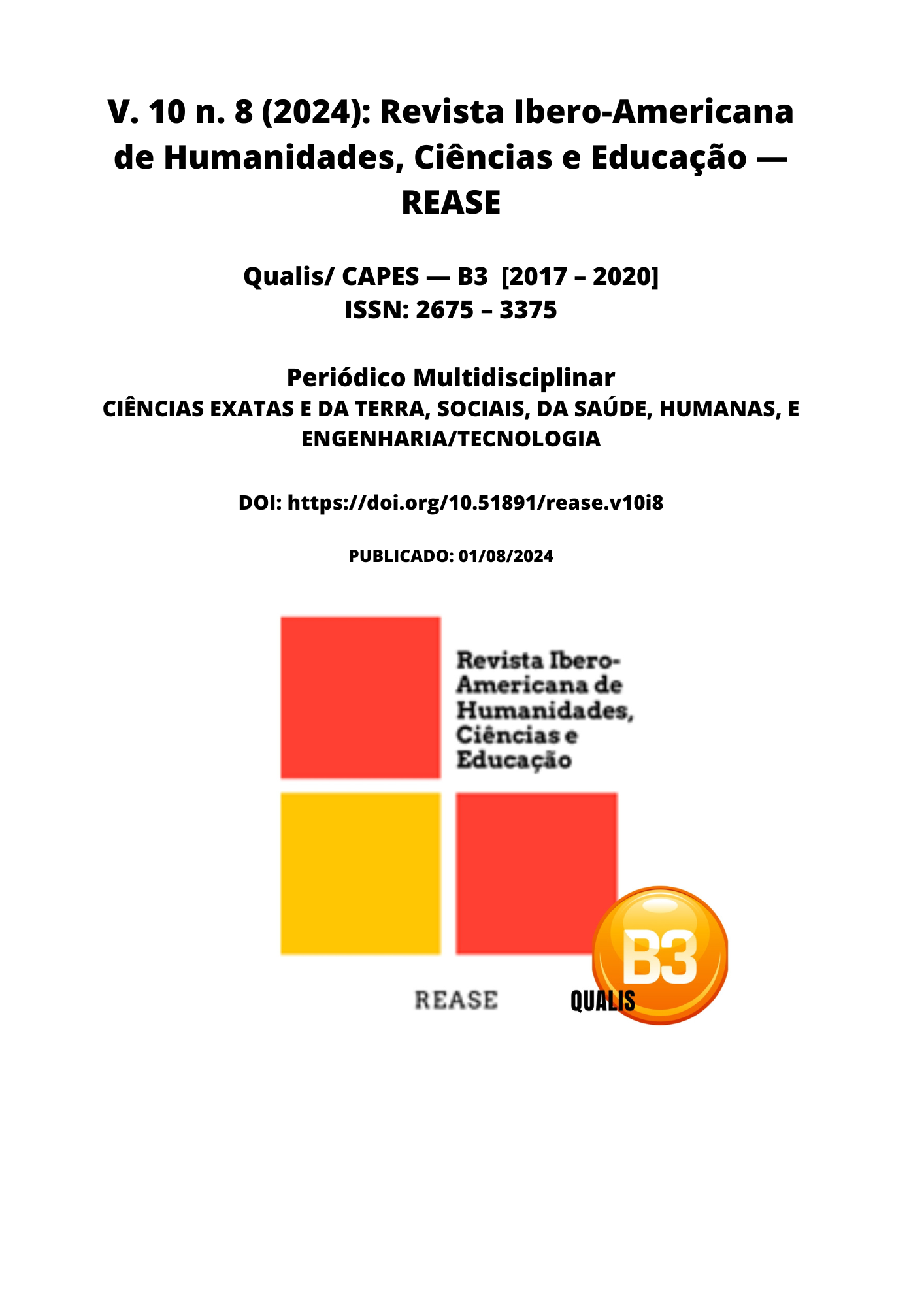IMPACT OF ROTATOR CUFF SYNDROME ON VOLLEYBALL ATHLETES: A LITERATURE REVIEW
DOI:
https://doi.org/10.51891/rease.v10i8.15422Keywords:
Rotator cuff syndrome. Rotator cuff. Volleyball athletes.Abstract
Introduction: The rotator cuff syndrome is a common injury among volleyball players, caused by irritation of the supraspinatus tendon due to repetitive use of the arms above shoulder level. Risk factors include range of motion, muscle weakness, and training load. To prevent and treat this condition, it is essential to strengthen the shoulder muscles, stretch the posterior shoulder region, and perform joint mobilizations. Physical therapy plays a significant role in rehabilitation, complemented by techniques such as acupuncture and cupping therapy. In severe cases, surgery followed by rehabilitation may be necessary. Integrated strategies have proven effective in preventing and treating rotator cuff syndrome in volleyball athletes, improving their quality of life and sports performance. Objective: To review the literature to understand how rotator cuff syndrome affects volleyball players by investigating both the therapies used to treat the condition and the biomechanical changes that occur in the shoulders of these athletes. The aim is to find effective treatment methods and gain a better understanding of this specific injury in volleyball players. Methodology: This study is a descriptive literature review on rotator cuff syndrome in volleyball athletes. Using sources such as Lilacs, Bireme, PubMed, Scielo, and Google Scholar, specific keywords were applied to identify relevant articles. Conclusion: The study highlights the importance of effective prevention and treatment strategies for rotator cuff injuries in volleyball players. Strategies such as muscle strengthening and physical therapy are recommended to improve the quality of life and performance of athletes.
Downloads
Downloads
Published
How to Cite
Issue
Section
Categories
License
Atribuição CC BY

